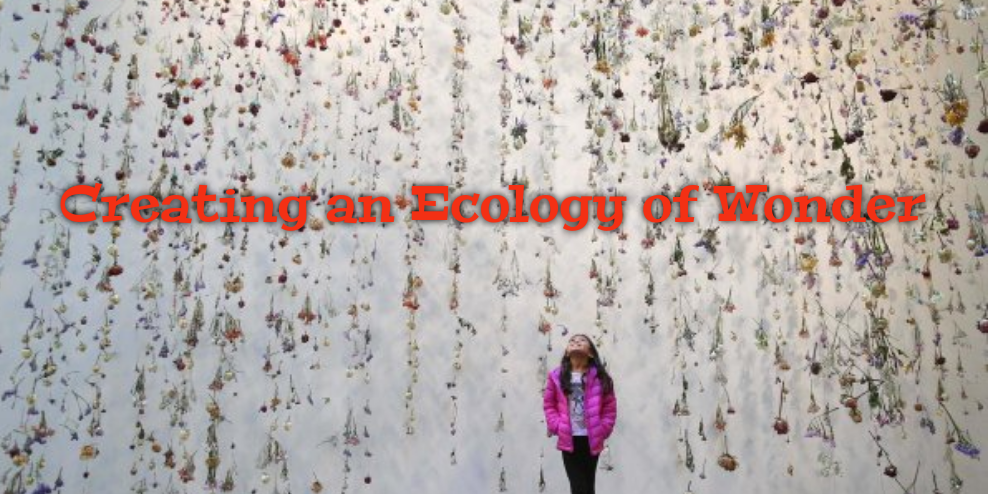Creating an Ecology of Wonder
Author : Madhu Ranjani Posted On : Friday, 19th August 2016
If we were looking at our schools and communities through an ecological framework, we can say that educators are part of a learning ecology. In this ecology, believe that our most precious natural resources are imagination and wonder & also believe that the best way to cultivate imagination and wonder is through art.
How do we do this?
Here are several ways to use art to cultivate imagination and wonder in a learning ecology.
1. Develop Your Art Programs
Not only is it important for students to have the benefit of art education, teachers in other subject areas can also benefit from the way art introduces wonder into any subject area. Art is a way of thinking and not just doing. It involves changing perspectives (both literally and metaphorically) and reframing how we think, feel, and see a subject or an idea.
2. Begin and End With the Big Questions
Once, when Albert Einstein was a child, his mother wished him goodnight and turned off the lights. Einstein wondered, “Where does the light go?” This is a question that any child or adult can wonder about, and although it takes genius and hard work to answer it, it is the type of question we should not be afraid to share with our students as a way to introduce wonder at any grade level.
3. Model Curiosity for Your Students
As an art educator, I sometimes wonder at the way we perceive color and how it changes depending upon the surroundings and light. I share this sense of wonder with my students despite knowing that it might seem childish or make me appear unwise and unsophisticated. So what? What are the big questions you have about your subject area that might seem risky to share? What are the odd, strange, or mysterious aspects that still draw your attention despite years of experience in your subject area?
4. Create Assessments That Reward Good Questions, Not Just Good Answers
What if we framed our exams as a series of answers and asked our students to ask questions? How do we take rote, clichéd statements such as, “Columbus discovered America in 1492,” and reveal them to be fraught with more misinformation than relevant information. Asking the right questions is the basis of good scholarship and query, and these questions are motivated by wonder.
5. Develop Different Ways for Measuring Success
Success in our culture is modeled on the person with answers, but maybe we should look towards models and people who allow themselves to get lost, explore, and to readily say those three magic words: “I don’t know.”
6. Find Solace in the Arts
Teaching our students to live with unanswered questions can be difficult, and many of us find a remedy for our suffering in music, literature, poetry, and cinema. Yet the remedy we find in the arts is not in the answers they provide, but it's with the measure of solace that comes when we feel at peace with wonder and the unanswerable.
Post Your Comments for this Blog Post
Blogs
South India spends most on higher education
How to pass exams when there is no time to revise?
Research proven tips for increasing childs IQ
How to pursue a course in Australia?
The Ultimate Student Guide For Surving Final Exams
How to crack UPSC Civil Services interview round?